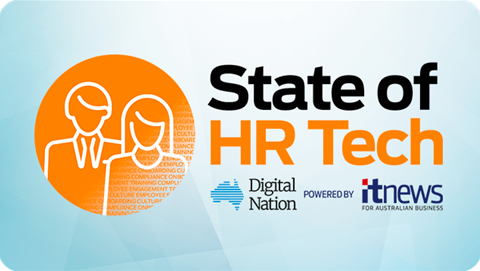A lack of accurate and timely data on Indigenous Australian employment presents a gap in understanding the impacts of the pandemic on this sector of the workforce.
Digital Nation spoke to Shelley Cable, CEO of the Minderoo Foundation’s Generation One, whose mission is to close the employment gap between Indigenous and non-Indigenous Australians in one generation. Cable says that the lack of data collected in relation to Indigenous employment is one of the challenges facing efforts to close the gap.
According to Cable, not only is there a lack of available data related to Indigenous employment throughout the pandemic, but there is very little data regarding Indigenous employment collected in Australia at all.
“We don't know for a start, how many Indigenous Australians are in work today. We don't know this year, we didn't know last year or the year before or the year before, the last time that we actually knew how many Indigenous Australians were in work was in 2016, as a result of the census,” says Cable.
With the 2020 census results set to be released mid next year, this will be the first significant data-set to outline the impact of the pandemic on Indigenous employment.
Generation One commissioned a report by Deloitte Access Economics earlier this year in order to estimate the pandemic's impact on Indigenous Australians, but had to rely on the 2016 data to do so.
“We really had to base that kind of research on some exceptionally outdated data. But even that data showed us that Indigenous Australians were much more likely to lose their jobs at a faster rate than other Australians,” says Cable.
According to the authors of the report, “The existing data sources, such as the ABS Labour Force Survey, Household Income and Labour Dynamics in Australia (HILDA) survey, or Census, suffer from either a lack of timeliness, no information on Indigenous background, or very low sample sizes for Indigenous individuals.”
Due to these barriers in data collection, the report relied on methods involving “proxy characteristics and circumstances” to reveal indicative results.
Digital exclusion as well as less suitable housing conditions were factors identified that may have prevented Indigenous workers from work from home arrangements.
“First of all, we know that Indigenous Australians are much more represented in entry level roles, which are often the first to go in times of crisis, they tend to work more so than other Australians in type in the types of roles that you can't work from home. So there tend to be less of the type of office jobs where you can simply connect to the internet at home and continue your day job,” says Cable.
“And also the types of industries that we work in. So we were much more represented in sectors that were hit hardest through the pandemic, as an example, tourism, hospitality and accommodation.”
Cable highlights the role that employers play in collecting this data in order to better understand the compilation of their workforce as well as improving reporting requirements to close this gap.
“Often there's actually no reporting mechanism, and therefore it doesn't get the visibility that it deserves. So by not having enough data, actually, sometimes we overlook the challenges that we need to be paying the most attention to.”


_(22).jpg&h=140&w=231&c=1&s=0)








 iTnews Executive Retreat - Security Leaders Edition
iTnews Executive Retreat - Security Leaders Edition












_(1).jpg&h=140&w=231&c=1&s=0)



